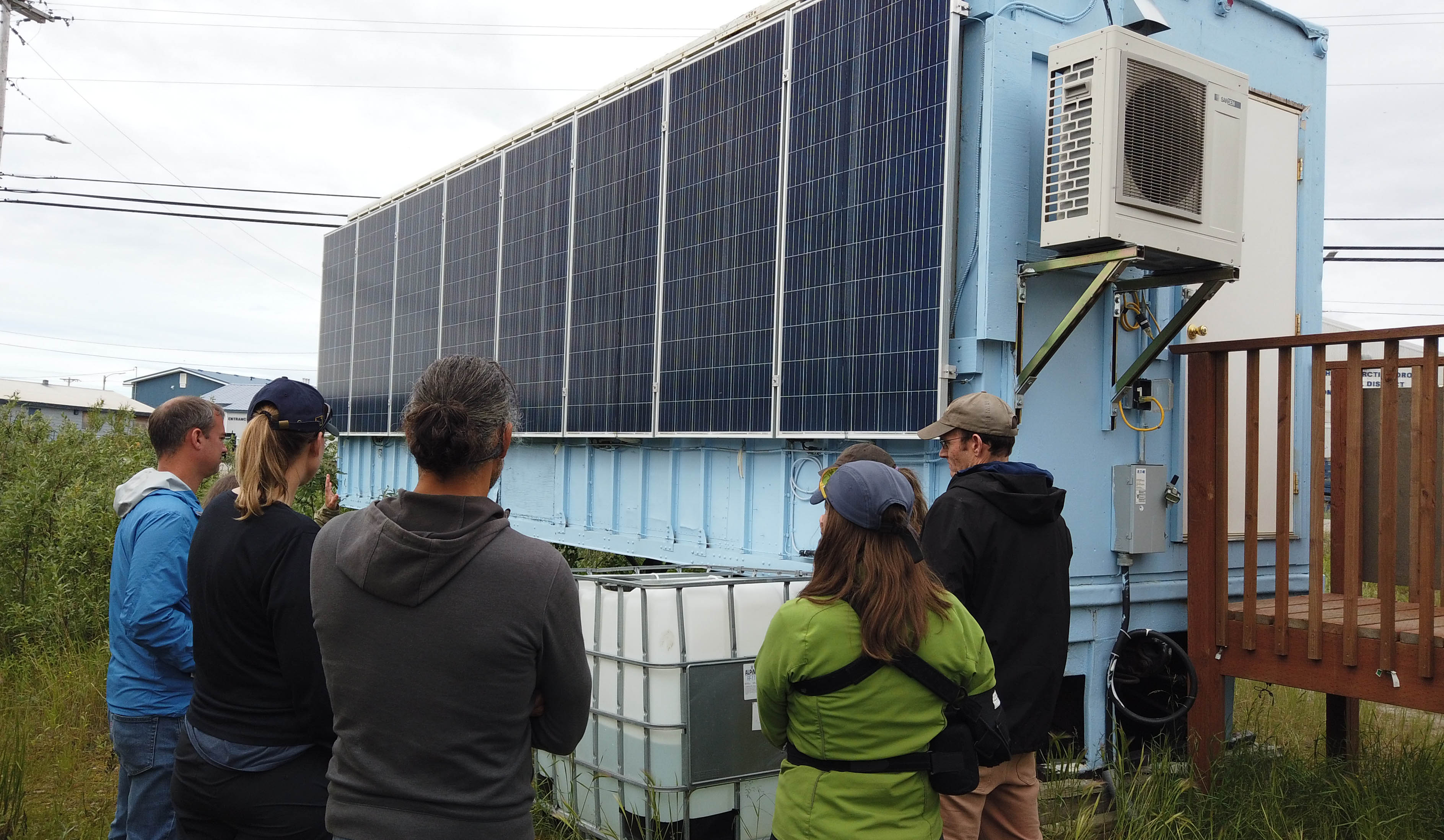New Tool Helps Assess Renewable Energy Effects on Community Sustainability

A new research paper from the MicroFEWs team was recently published in the journal Sustainability.
The publication aims to assess the effect of renewable energy on food, energy, and water systems (e.g. greenhouses, water treatment plants or cold storage) in islanded microgrids in Arctic and sub-Arctic regions.
Specifically, the modeling tool developed simulates both bottom-up demand-side FEW loads and renewable energy generation in hourly resolution. The results provide three simple indices that relate the use of energy to the amount of used or produced food and water, as well as providing a metric for renewable energy integration.
The goal of these intuitive results is to allow communities to make informed decisions which can increase their FEW security, such as the choice of the appropriate renewable technologies (e.g. wind, solar), the ideal size of such technologies and can also inform the community about the ideal operation of FEW systems such as technologies, and their recommended operations.
For more information on the research, please contact Michele Chamberlin at mjchamberlin2@alaska.edu.
ACEP researchers tour a solar-powered greenhouse operated by UAF Chukchi Campus in Kotzebue. Photo by Amanda Byrd.



